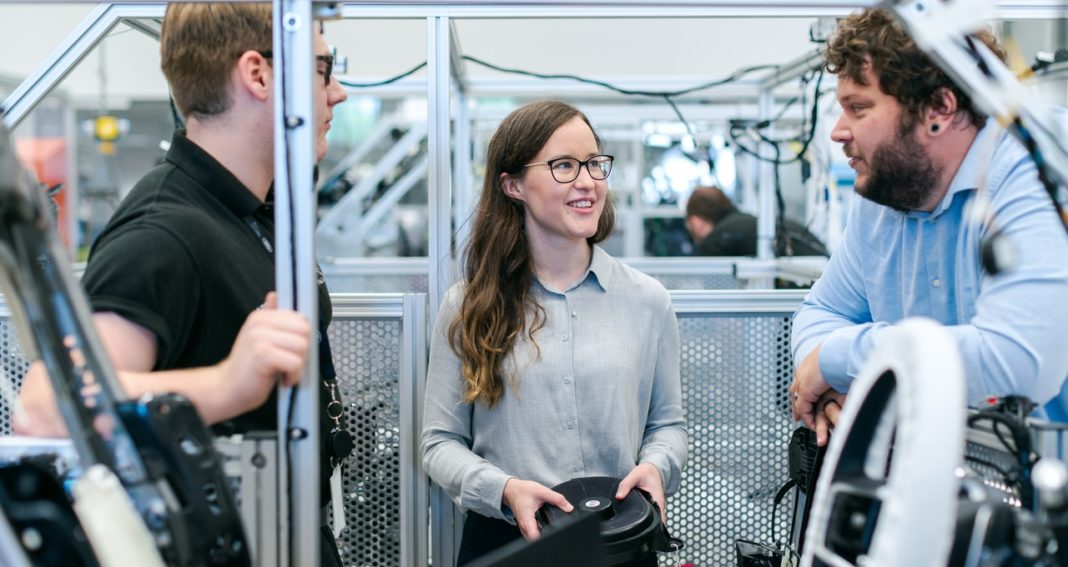What is the best way to assure that your organization is running as effectively as possible? Should you optimize your workforce by hiring the best people who have the greatest potential to perform? Should you optimize your operating systems so they are as efficient as possible? While there is a good argument to be made for optimizing people and systems, the best way to run an effective organization is not to just optimize, but to joint optimize them.
Optimizing People
Optimizing your workforce starts by introducing evidence-based HR practices. This means identifying the knowledge, skill, ability and other characteristics (the KSAOs) for each position. Once they are identified, you can either use pre-employment assessments to select employees with the relevant KSAOs, or you can use training to develop the KSAOs in existing employees. There are several factors that determine whether selection or training is the best approach, which I explained in an earlier blog. Most organizations rely on both selection and training to be sure that employees are best able to perform on the job. My IO Psychology textbook provides details on selection and training approaches.
Optimizing Systems
An effective organization will have efficient systems in place that enable employees to perform their jobs well. This means paying attention to both the physical aspects and social aspects of the organization. The physical side is the design of tools and equipment that helps rather than hinders people’s efforts to perform their tasks. The social side has to do with leadership and the communication channels among people who have to rely on others to perform their tasks. In many ways the social side can be more difficult to optimize because people do not all respond the same to leadership and organizational practices, and people’s responses can be affected by the situation in which they are in at the moment. This means that there must be a great deal of flexibility in dealing with the social side.
Joint Optimize Your Organization
The idea of joint optimization is that you optimize people and systems together so that you maximize the fit between the people you have and the systems you develop. You select and train people for the organization systems while at the same time you modify your systems to fit your people. One example of this approach is the autonomous work team. These teams have become commonplace in manufacturing where instead of one traditional assembly line where each employee performs one small piece of assembly, employees are organized into autonomous work teams where each team produces an entire product. A factory using this team approach can be more efficient because it requires far fewer supervisors, but to use it effectively, you have to joint optimize. This means being sure that the workers are suited to the work, as it requires not only a highly level of knowledge and skill, but the ability to work cooperatively with a group that does not receive close supervision.
This is but one example of how you can joint optimize your organization. It begins by taking stock of your people and how you can best leverage their talents to design better systems, while at the same time considering how you might develop your people to better fit the system. Joint optimization is not a one-size-fits-all idea, but rather it considers both the needs of people and the needs of systems to come up with solutions that will produce the best solutions.
Photo by ThisIsEngineering from Pexels
To subscribe enter your email and click SUBSCRIBE
